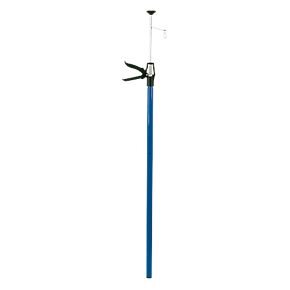A
Andrewr3
My customer today gave me three metal light fittings to install as replacements for existing roses. One had four heavy spot lamp housings for GU10's. Lesson learned, I have decided that next time I have one of these jobs I will rig up some kind of support wire from a screw in a joist to hold the fitting weight so I don't need hold the fitting with one hand and connect the terminals and other fiddly screws using the other single hand. Or get an apprentice, to hold the fitting.











